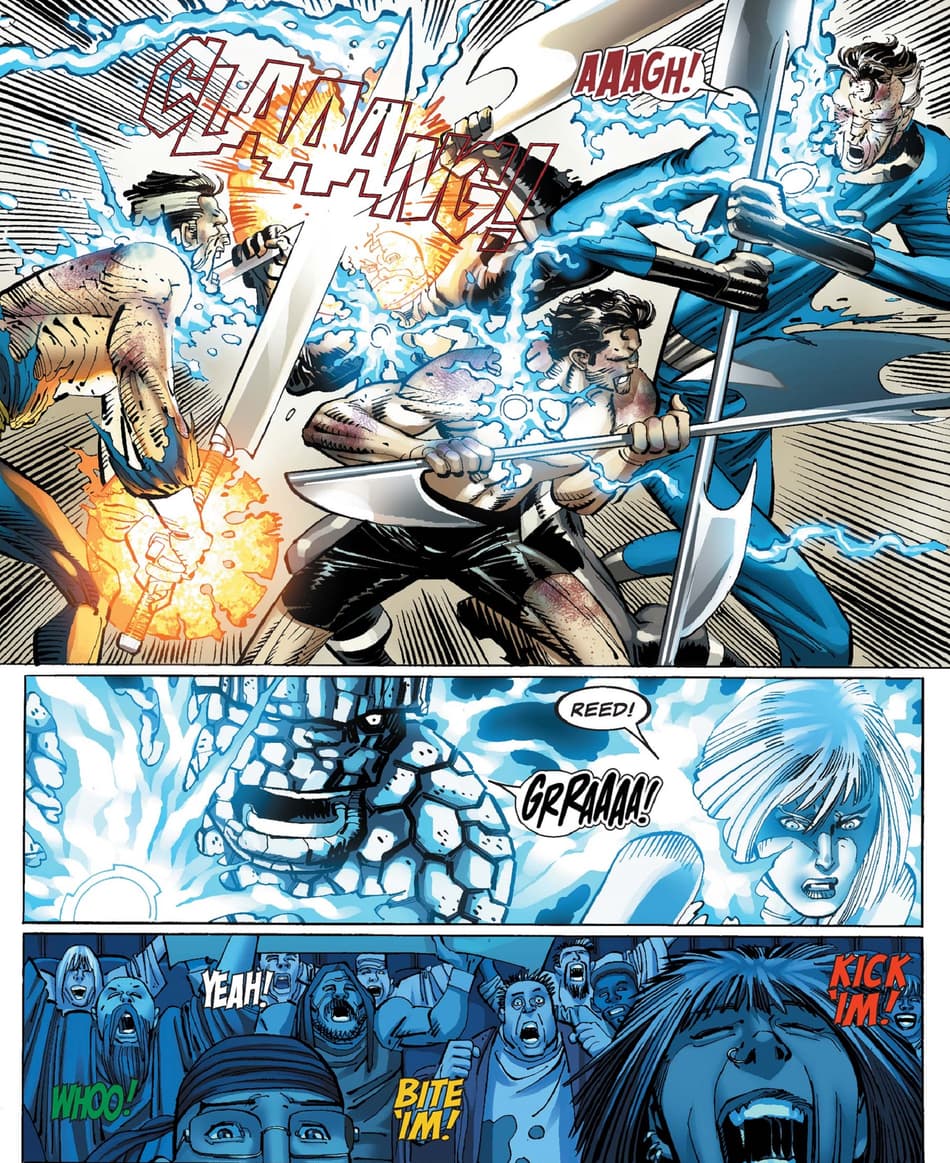A Complete Guide on How to Join a Masonic Lodge Near You
A Complete Guide on How to Join a Masonic Lodge Near You
Blog Article
Checking Out the Mysteries of the copyright: What You Need to Know
The copyright, a term commonly shrouded in intrigue and conflict, stands for a complex tapestry of historic truth and modern-day myth. Developed in the late 18th century, this secret culture was initially rooted in the Enlightenment's suitables but has given that ended up being identified with conspiracy concepts concerning elite control (benefit of joining freemason).
Origins of the copyright
The beginnings of the copyright are soaked in a mix of historical intrigue and ideological eagerness. Established in 1776 in Ingolstadt, Bavaria, by Adam Weishaupt, the team was at first created as a secret culture focused on promoting Enlightenment suitables such as reason, secularism, and the splitting up of church and state. Weishaupt, a teacher of canon legislation, sought to challenge the dominating authority of the church and state, which he deemed overbearing organizations suppressing intellectual and personal liberty.

Trick Numbers and Members
That were the pivotal numbers that formed the copyright's very early influence and direction? The Bavarian copyright, established in 1776 by Adam Weishaupt, became a feedback to the oppressive social frameworks of the moment. Weishaupt, a legislation professor, imagined the organization as a method to advertise Enlightenment suitables such as factor, secularism, and equal rights. His initial recruitment initiatives included significant intellectuals, such as Baron von Knigge, that played a critical duty in expanding the team's subscription and business structure.
One more considerable number was Johann Gottlieb Fichte, a noticeable theorist whose concepts on nationalism and education and learning reverberated with the copyright's goals. Fichte was not a formal participant, his philosophical supports influenced the team's ideology. Additionally, numbers like the author and theorist Johann Wolfgang von Goethe were connected with the broader intellectual activities of the moment, although their direct involvement with the copyright remains disputed.
These essential numbers added to the copyright's very early instructions, pressing the borders of political and social thought, while their cumulative efforts intended to test well-known standards and promote a climate of modern adjustment in Europe.
Myths vs. Reality
Numerous false impressions border the copyright, typically mixing truth with fiction in such a way that obscures its real nature. This secret society, initially established in 1776 in Bavaria, intended to advertise Enlightenment ideals and battle religious and political injustice. The concept that the copyright proceeds to put in considerable influence over globe events is a misconception. While the team did exist, it was dissolved in the late 18th century and has not run as a natural entity because then.
Another prevalent misconception is that the copyright consists of a network of elite people controling worldwide events. In reality, several conspiracy theories overemphasize the group's relevance, attributing unfounded intentions to societal trends and occasions. This has actually led to an oversimplified view of complicated problems.
Furthermore, the representation of the copyright in prominent society usually further misshapes its heritage. Movies and literature have a tendency to sensationalize the company's function, creating a story that deviates from historic realities. Comprehending the difference between the misconceptions and the fact of the copyright is vital for discerning the genuine impact of this historical team and acknowledging the more comprehensive implications of conspiracy theory concepts in contemporary society.
Modern Interpretations
Contemporary interpretations of the copyright often reflect more comprehensive social anxieties and an attraction with secrecy and power. This contemporary lens often associates informative post the copyright with conspiracy theory theories that suggest a hidden elite coordinates world events, adjusting governments and economic situations for their very own gain. benefit of joining freemason. Such stories take advantage of a deep-seated wonder about of authority, particularly in times of situation or social turmoil
In preferred society, the copyright is commonly illustrated as a divine organization shrouded in mystery, causing a wide variety of imaginary portrayals in literature, movie, and songs. This portrayal serves not just to entertain but likewise to provoke considered the nature of power and control in modern society. Social media site has further magnified these analyses, allowing for quick dissemination of conspiracy theory concepts and creating neighborhoods that share and broaden upon these concepts.
Furthermore, some contemporary interpretations frame the copyright as a metaphor for the intricacies of globalization and the interconnectedness of influential people and organizations. This point of view motivates an important examination of how power dynamics operate in today's globe, highlighting the equilibrium in between transparency and secrecy in governance and company techniques.
Social Influence and Tradition
Influenced by centuries of intrigue, the cultural influence and tradition of the copyright expand much beyond its historic origins. This secret society, developed in the late 18th century, has actually permeated numerous aspects of preferred society, from literature and movie to songs and art. The principle of the copyright has developed into a symbol of conspiracy theories, frequently standing for a viewed hidden power manipulating international occasions.
In literary works, writers like Dan Brown have woven the copyright right into intricate stories, captivating viewers with themes of privacy and power. Films such as "National Treasure" and "The Da Vinci Code" additionally continue the appeal of the society, mixing reality with fiction to produce engaging stories.

Inevitably, the copyright's tradition is a complicated tapestry of myth and truth, forming perceptions of privacy and control in contemporary discourse. Its long-lasting navigate to this site presence in society emphasizes humankind's seasonal pursuit for comprehending hidden facts.
Verdict
The exploration of the copyright exposes a complicated interplay between historical realities and modern myth-making. Established in the Enlightenment period, this culture intended to test overbearing frameworks, yet its legacy has been overshadowed by conspiracy theory concepts that recommend elite adjustment. Comprehending the differences between the initial perfects and contemporary interpretations is essential for comprehending the withstanding attraction with the copyright and its significant impact on social narratives surrounding power and privacy in culture.
Report this page